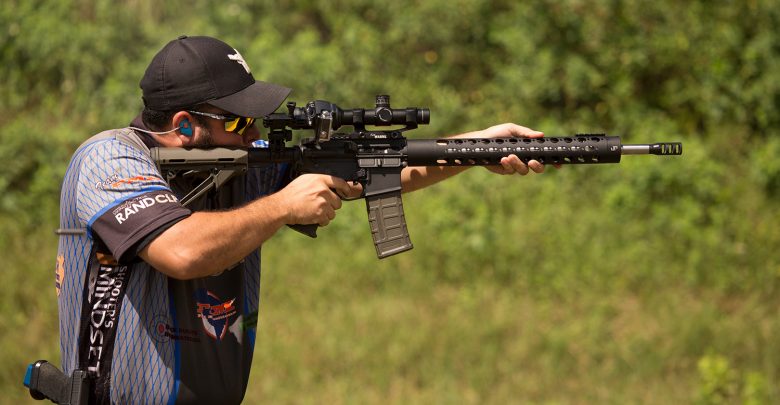How does a Firing Course Work? Why Do?

The sport of shooting has been gaining many fans, and anyone is able to practice the sport, as long as they look for a responsible and safe club to learn and improve.
But for you who are already inserted in the middle or appreciate the sport or want to specialize, it is necessary to take a shooting course. In the course, the student will have direct contact with experienced professionals, ready to instruct them both in the theoretical and in the practical part, preparing them to act responsibly in any adverse situation for the sake of safety.
Most of the shooting courses seek to answer the main questions and take the student to an improved knowledge of the area, preparing him physically and psychologically for the day to day. Some of the main questions and doubts that arise during the course are:
- How can you acquire a firearm
- The parts that make up a weapon, and how it works
- How to wield and use a firearm
- How to make a quick withdrawal
- How to hit targets from a distance
- How to use AR 15 mag loader for quick magazine load
In addition to answering the main points of the practice of shooting, the courses are usually divided into levels, basic, intermediate and advanced. As we know that the sport is passionate, we are sure that you will want to improve and reach the advanced level, where your techniques and skills will be totally excellent and of a high standard. Let’s learn a little about the levels of learning in shooting courses:
Basic Shooting Course
Well, the basic level content is suitable for those who have little or almost no contact with the sport and firearms. In this phase you will learn all the basic parts of the sport of shooting, from how to handle a firearm to the safety rules of the sport.
Intermediate Shooting Course
In the second stage of the course, techniques for improving and updating are explored, that is, it is time to improve what we have already learned and explore a little more about the sport. In the intermediate phase of the shooting course we started to apply the techniques to real situations, which require quick and safe reflexes on the part of the student. During the course, the student also explores how to carry out tactical communication, on the maintenance of armaments, security rules and current legislation.
